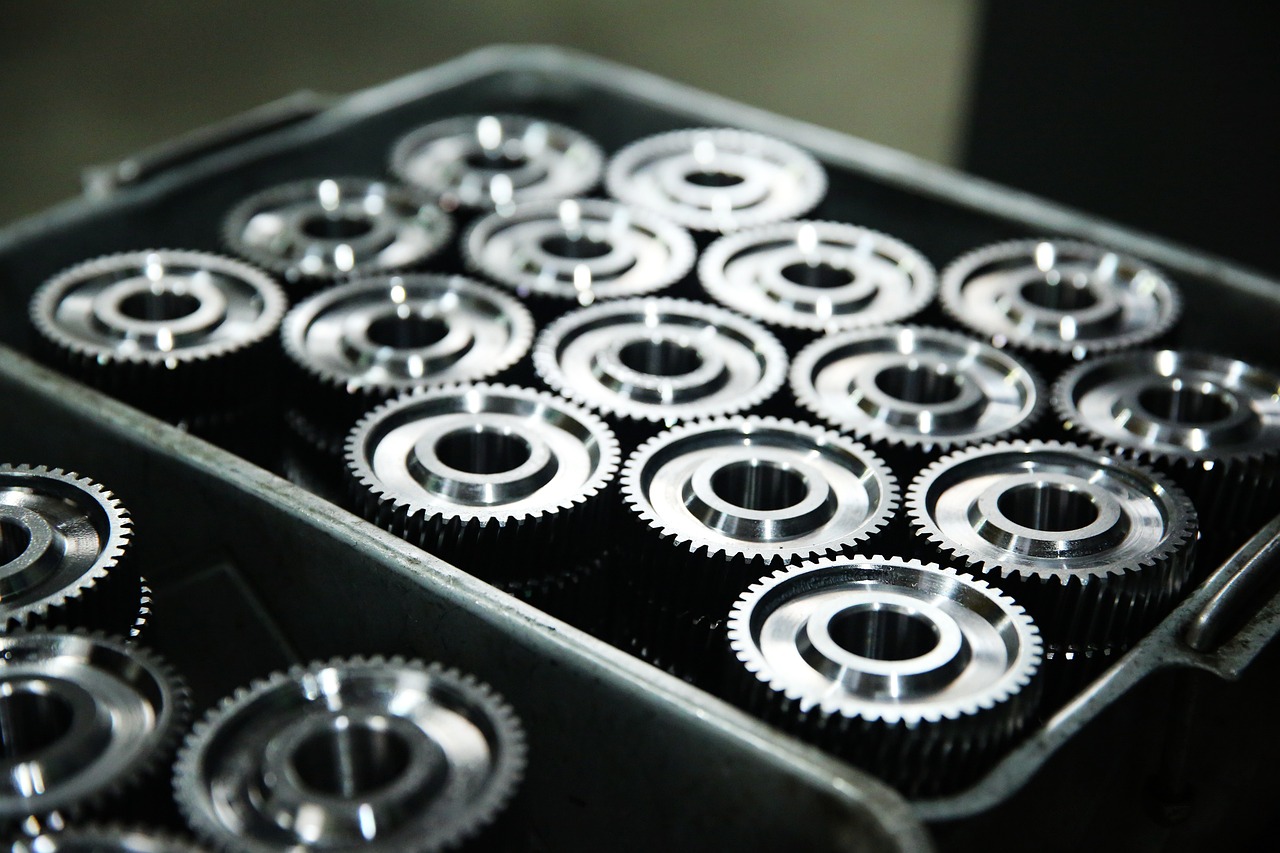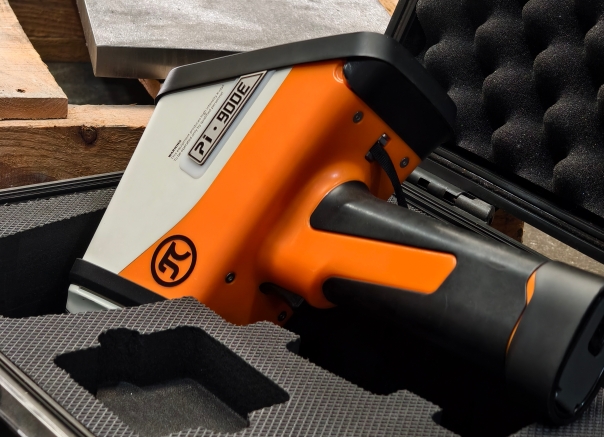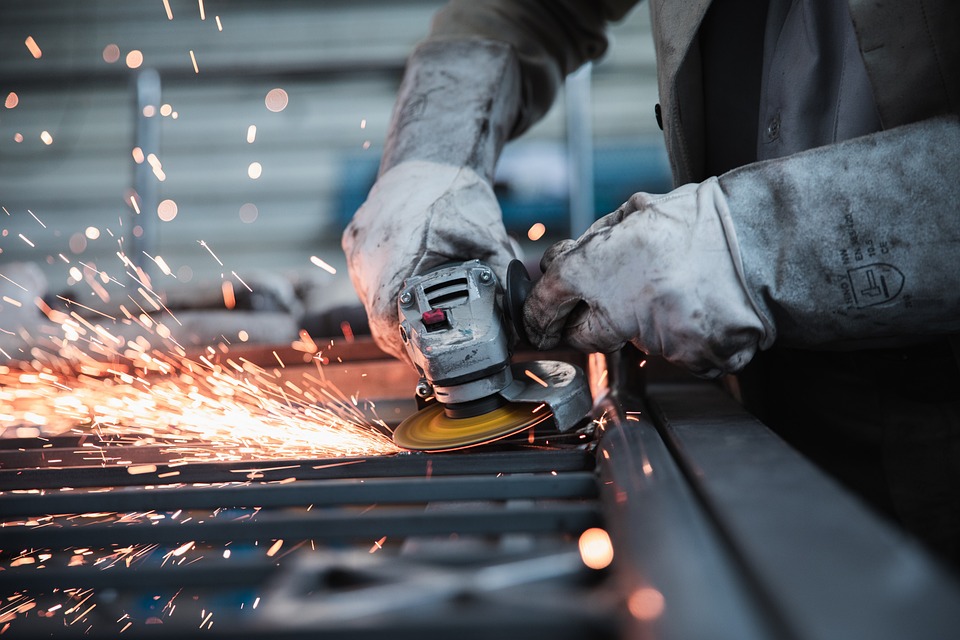
Alloy
A high-tech enterprise focusing on the development and application of X-ray technology products, committed to becoming a leading supplier of X-ray industrial testing solutions.
Practical Applications of X-Ray Fluorescence Analysis in Everyday Industries
X-Ray Fluorescence (XRF) analysis is a powerful and non-destructive technique used to identify and quantify the elemental composition of materials. This method, which utilizes the fluorescence emitted by a material when it is exposed to X-rays, has found widespread application in numerous industries. From manufacturing to environmental monitoring, XRF provides valuable insights that help improve efficiency, safety, and quality control. Let's explore some of the key practical applications of XRF in everyday industries.
1. Mining and Metallurgy
In the mining and metallurgy sectors, XRF plays a crucial role in the analysis of raw materials, ores, and metals. It enables the rapid identification of elemental compositions, allowing miners and metallurgists to determine the quality of ores and guide the extraction process. By analyzing the concentration of metals such as gold, copper, and iron, XRF technology helps optimize extraction techniques, reduce waste, and ensure the efficient use of resources.
In metallurgy, XRF is used to monitor the composition of alloys. It ensures that the final product meets specific material standards and specifications, whether it's for aerospace, automotive, or construction applications. This ensures both the quality and reliability of critical components.

2. Environmental Monitoring
XRF is increasingly employed in environmental monitoring to detect and measure pollutants in air, soil, and water. By quickly identifying elements like lead, mercury, arsenic, and cadmium, XRF analysis can pinpoint contamination sources, assess environmental risks, and monitor remediation efforts. In soil analysis, for instance, XRF is used to detect hazardous heavy metals, helping to ensure that agricultural lands are safe for farming and free from harmful contaminants.
In addition, XRF is instrumental in monitoring emissions from industrial sites. It helps to assess the concentration of potentially harmful elements in air pollution, enabling regulatory agencies and companies to take corrective measures to minimize environmental impact.
3. Quality Control in Manufacturing
XRF technology is widely used in quality control processes across various manufacturing industries. In the production of consumer goods, electronics, and automotive parts, XRF helps to verify that the materials used meet required standards. For example, in electronics manufacturing, XRF can be used to ensure that soldering materials contain the right proportions of metals like tin, silver, and copper. This helps avoid faulty connections and malfunctions in electronic devices.
Additionally, XRF is used in the analysis of coatings and surface treatments. In industries like automotive and aerospace, ensuring that materials are coated with the correct elements to prevent corrosion or wear is critical. XRF allows manufacturers to quickly assess whether the coating composition is consistent with specifications, thereby ensuring durability and product lifespan.
4. Food and Beverage Industry
In the food and beverage industry, XRF can be used for quality control and safety. It helps ensure that the materials used in food packaging, such as plastics and metals, do not contain hazardous elements. XRF is also used to detect potential contamination in food products themselves. For example, by analyzing the elements present in fruits, vegetables, or meats, XRF can help detect pesticides, fertilizers, or other harmful substances.
XRF can also play a role in food labeling by verifying the content of trace minerals in food products. This is particularly relevant for nutritional supplements or fortified foods, where accurate composition information is vital for consumer health and regulatory compliance.
5. Archaeology and Art Conservation
XRF is a non-invasive tool used in archaeology and art conservation to analyze ancient artifacts, paintings, and sculptures. By determining the elemental composition of materials, researchers can gain insights into the origin, age, and manufacturing techniques of historical objects. For example, in art conservation, XRF can help conservators understand the pigments used in ancient artworks without damaging the pieces.
This technique is also used to authenticate and preserve cultural heritage items. By identifying elemental markers, XRF can help distinguish between original materials and modern replicas or restorations.
6. Forensic Analysis
XRF is utilized in forensic science to help solve cases involving materials and substances. It can be used to analyze evidence like soil samples, gunshot residue, and trace metals found at crime scenes. The ability to identify and quantify elements in minute quantities makes XRF valuable in forensic investigations, where precision and non-destructive analysis are essential.

Terras PI900E Handheld Alloy Analyzer
Using advanced XRF technology, the Pi900E XRF Spectrometer performs instant, non-destructive testing of metals, alloys, and trace impurities—ideal for QA in production, metal recovery, and regulatory compliance. Built for portability and durability, it features a user-friendly touchscreen and real-time wireless data sharing. With a detection range spanning Mg to U and adjustable calibration settings, it provides laboratory-quality results in any environment, from factory floors to remote sites.
Conclusion
X-Ray Fluorescence analysis has become an indispensable tool in numerous industries due to its ability to provide rapid, accurate, and non-destructive elemental analysis. From improving manufacturing quality to ensuring environmental safety and even uncovering the secrets of ancient artifacts, XRF's versatility is evident. As technology continues to advance, the scope of XRF applications will likely expand, further cementing its role in industries that touch our everyday lives.
Join Us
Subscribe to our email list for updates & promotions.



